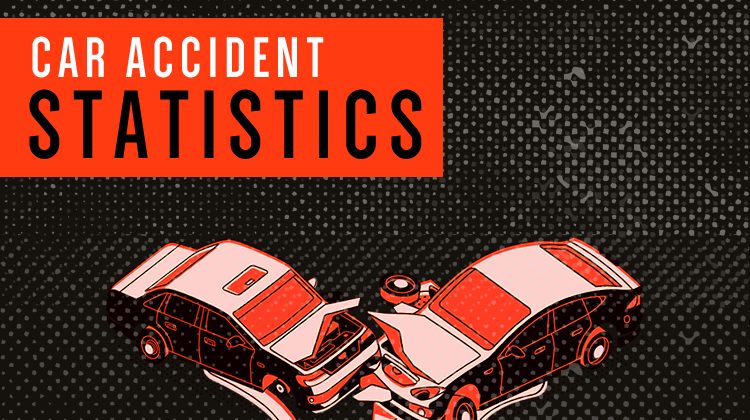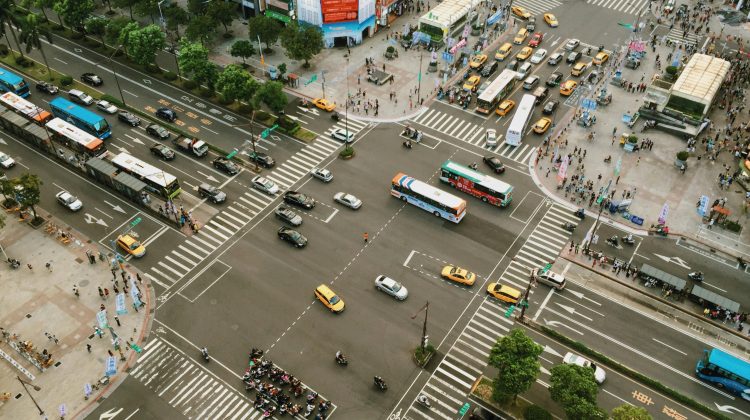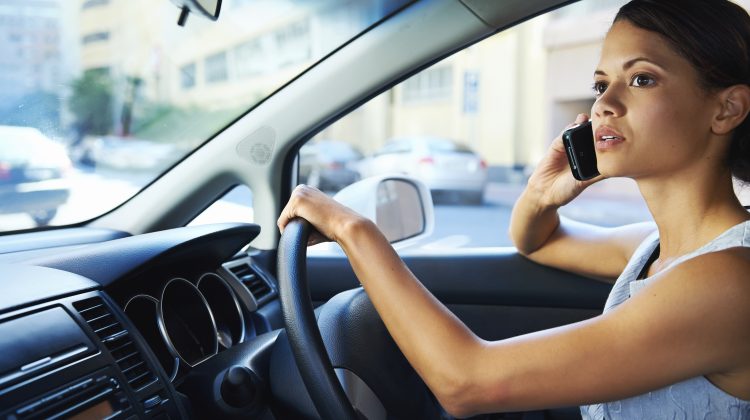In 2018, distracted driving resulted in the loss of 2,841 lives – including drivers, passengers, pedestrians, and bicyclists. Yet, when our phone rings or buzzes while we are driving, we may check it within seconds – out of habit and often, without weighing the consequences of our actions. Even though we know the significant risks of texting and driving, that only 2% of people can multitask effectively, and we are probably not one of them, we turn away from the road for those five seconds. In five seconds, a lot happens around the world – a common comparison is driving the length of a football field at 55 miles per hour, with your eyes closed.
Texting and driving accidents are preventable, like drunk driving, but states are still figuring out the most effective methods of prevention.
Texting and driving laws and penalties across the U.S.:
According to an analysis of cellphone driving laws by state, only 25 states currently ban handheld cellphone use while driving. However, texting while driving is banned in 48 states for all drivers, with Washington setting the precedent in 2007. Only Montana and Missouri have not banned texting and driving statewide, though Missouri prohibits anyone under 21 from texting and driving.
Like with any law that is passed, enforcement is crucial, and often the determining factor. Primary enforcement laws allow the police to pull over drivers specifically for texting and driving, while secondary enforcement laws prevent the officer from stopping the driver unless there is another traffic violation.
- Currently 47 of 50 states incorporate primary enforcement laws for texting and driving.
- Texting and driving fines for first time offenses vary from as low as $20 in Virginia to as high as $10,000 in Alaska, where it is considered a Class A misdemeanor and can lead to imprisonment. In Alaska, if someone dies as a result of the offense, the penalty becomes a Class A felony.
How effective are current texting and driving state laws and penalties in reducing accidents?
Many believe that stricter laws and stricter enforcement are the solution to changing behavior and changing culture, since education on the topic has proven to be less effective. It is challenging to shift mindsets and perspectives when each generation grows more attached and more addicted to cellphones. 96% of Americans own a cellphone of some form, and there is a clear need for social interaction. Putting down our phones, even if it is just while driving, leaves us feeling an emptiness we are not accustomed to. We fear that we will miss out on something, enough to stake our lives on it.
This is why most states are leaning towards increasing penalties and accountability for texting and driving. Even Missouri, known in the past for its leniency, introduced a bill to ban texting and driving statewide for all drivers, including at a traffic light or stop sign.
The problem, though, is that laws are not always enforced, so there is little concern of getting “caught.” If there are no real consequences for our actions, we are likely to keep pushing the boundaries.
- For example, when Utah initially banned texting and driving, the number of accidents dropped for a few years and then later increased because of the lack of policy enforcement. It is now one of the top five states with the highest penalties for texting and driving.
- States with a texting and driving ban noticed a 4% decrease in motor vehicle crash-related emergency visits during 2007 and 2014, in a study conducted by the American Journal of Public Health.
- Just having a texting and driving ban reduces traffic fatalities for all drivers by 2.3%, according to a team of researchers at the University of Alabama at Birmingham School of Public Health.
Takeaways for increasing safety:
- We know that secondary policy enforcement does not work, and neither do loosely defined laws or penalties because they are not taken seriously by drivers.
- Texting and driving laws and penalties are effective in reducing traffic fatalities, but we need more of them in more states. At the least, strict laws and penalties send a clear and consistent message: Put safety first, or pay the price. Eventually, the penalty becomes too high to ignore.
- We can decide to make a safer choice: We know that distracted driving puts ourselves and others at risk. Sending that text can wait, even if it feels like the most important thing in that moment. While we are driving, we have the choice to put our phones on silent, or do not disturb. We have the choice to use our phones at a safer time, and we have the choice to be more present and aware on the road.




No Comment